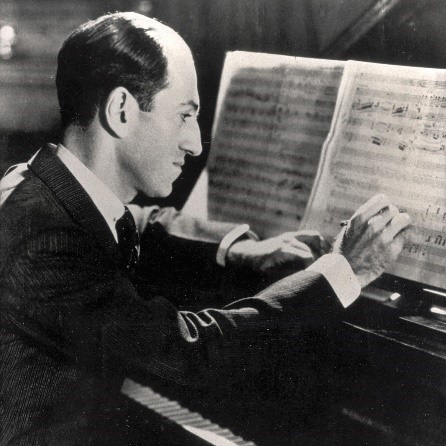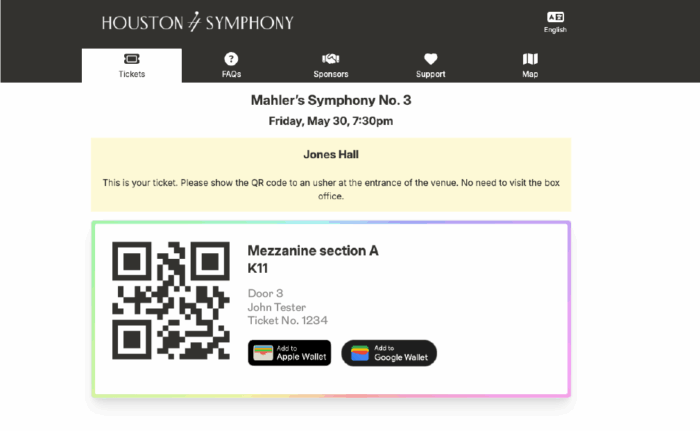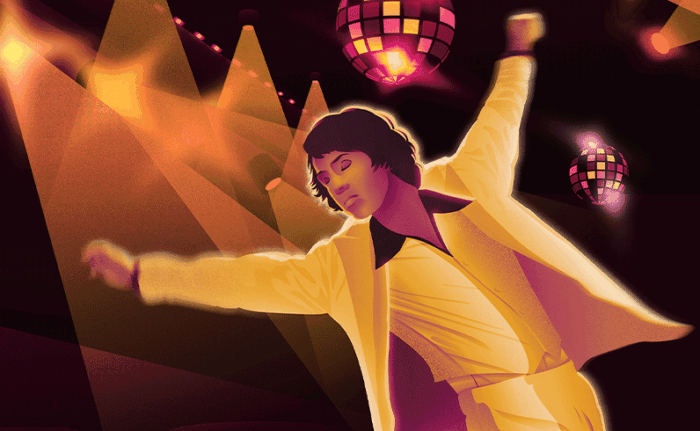On September 30 and October 1 and 2, the Houston Symphony presents Gershwin Concerto in F, featuring Sibelius’s Symphony No. 1 and Gershwin’s Concerto in F, one of Gershwin’s many pieces that brought jazz into the classical world.
One year after writing his fusion of jazz and classical music, Gershwin set out to show the world Rhapsody in Blue was not a happy accident. The result was his first of three piano concertos—Concerto in F. Born and raised in Brooklyn, Gershwin composed mostly Broadway and Hollywood scores prior to Rhapsody in Blue. He composed and published two other jazz-influenced works, operas Blue Monday and Porgy and Bess, but neither was a success during his lifetime.
Gershwin’s real first big break came in the mid-1920s when American bandleader Paul Whiteman set out to curate a classical concert of all jazz repertoire, from which “An Experiment in Modern Music” was born. Whiteman commissioned Gershwin to write Rhapsody in Blue for this concert. Realizing its success, Gershwin set to work on his Concerto in F.
Unlike his classical composer counterparts, whose music has a clear distinction between jazz elements and classical orchestrations, Gershwin smoothly merged the two styles by applying various jazz-derived techniques, notably flattened thirds, and sevenths (known as “blue” notes in jazz) and syncopations. Concerto in F was written during a time when it seemed all possible tonalities had been exhausted. Shostakovich and Stravinsky were drawing inspiration from the Classical period to create the Neoclassical movement and Schoenberg had created the 12-tone method of music organization two years prior. Gershwin took the middle ground, drawing inspiration from popular music of the day.
Each of the three movements of the concerto use a different type of popular music to form the basis of the movement. The piece is written in classical concerto form–opening sonata, andante, and rondo finale–but with a jazz flair. Movement one is modeled after the popular Roaring Twenties dance the Charleston, which is meant to reflect American life with its long-then-short pulsating rhythms.
The second movement reflects blues, but more so in character than structure. Semitones are common in blues music but hard to imitate on a piano, as you cannot bend pitches. Gershwin worked around this by notating to play grace notes, creating the effect of semitones.
The finale movement is a rousing ragtime-inspired dance described as an “orgy of rhythms” where the main theme is repeatedly presented. Many critics of the time said music had to be progressive to be taken seriously and since there was nothing new about Gershwin’s structure or harmony, many critics did not like the piece. Others who hailed Gershwin argued those looking down on his music were using European art music standards to critique a piece that should be in a category of its own.
Although it is sometimes called his “Jazz Concerto,” the piece is Gershwin’s most classical composition. Gershwin himself insisted this was not the case, stating he, “attempted to utilize certain jazz rhythms worked out along more or less symphonic lines.” But the public had to latch onto something, so jazz it was.
Don’t miss this jazzy classic on September 30 and October 1 and 2. Tickets to this American tour-de-force begin at just $29!
– Olivia Cantrell






